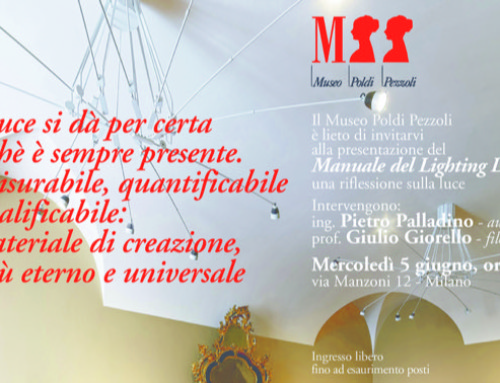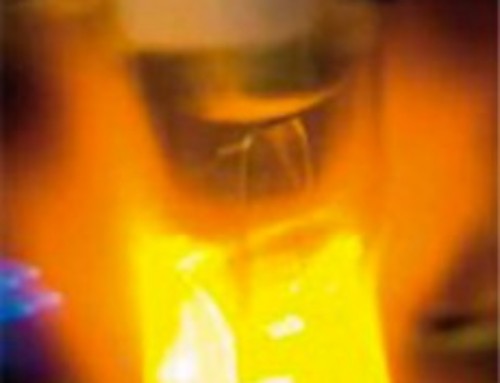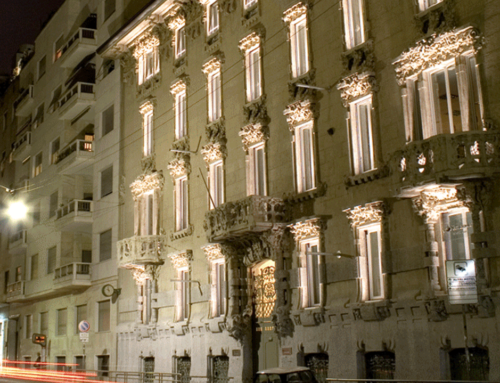9th Colour Conference – Florence, September 2013 Luminescent Solar Concentrators (LSCs) represent a very promising field for R andD about solar components, especially the semitransparent ones, suitable for building integration. These components can likely represent an effective way to produce renewable energy preserving the transparency of the building envelope, by using a wide amount of surfaces which are at the moment neglected, as windows, skylights, shading devices, etc.
The paper presented at the Colour Conference, describes first evaluations carried out on a new LSC prototype, developed by ENI Donegani Research Institute, analyzed by Politecnico di Milano and in which photoluminescent dyes are dispersed. The dyes developed in the first research phase and dispersed in plastic transparent sheets are yellow and red. The two dyes have different possibility to concentrate solar radiation, thus a different electrical performance when installed outdoor. The two colors can be integrated in different parts of the building envelope carefully considering the color affection on visual comfort parameters
The two prototypes (Figure 1) are realized with transparent plastic polymethylmethacrylate (PMMA) in which dyes are dispersed shifting the spectrum of solar radiation. LSCs were submitted to spectral characterization.
Fig. 1 – Plates with the two dyes analyzed (source: ENI Donegani Institute).
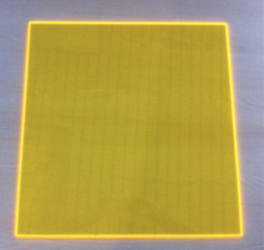
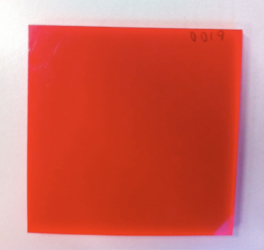
The purpose of the study is to assess how the application of LSC plates, installed in a convenient position to produce electrical energy can also be used as interactive windows involving visual comfort parameters. Experimental measures on the LSC sheets and their application on a scaled model were carried out on a single office space with two configurations of transparent south façade and discussed.
Niccolò Aste*, Pietro Palladino*, Lavinia Chiara Tagliabue*, Daniele Testa** *Architecture, Built environment and Construction Engineering department, Politecnico di Milano, ** Eni spa, Research Center for Non-Conventional Energies, Institute ENI Donegani.

